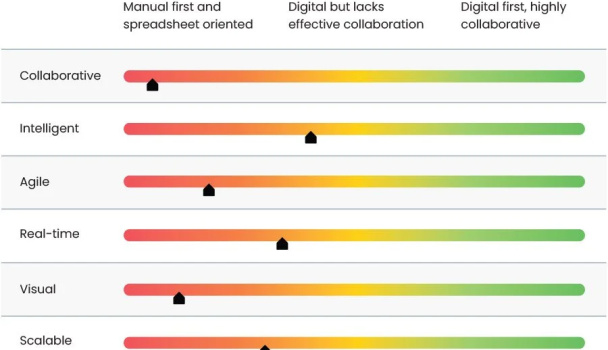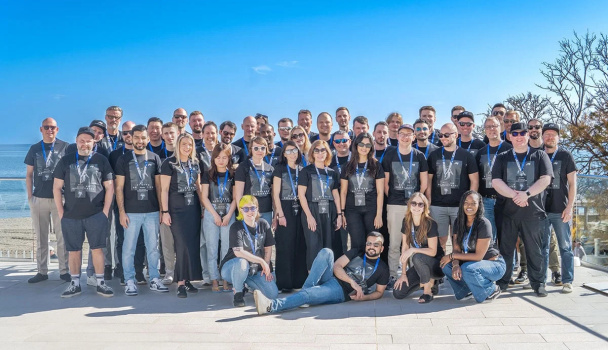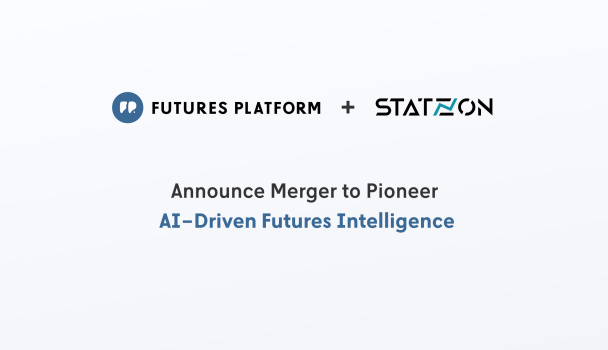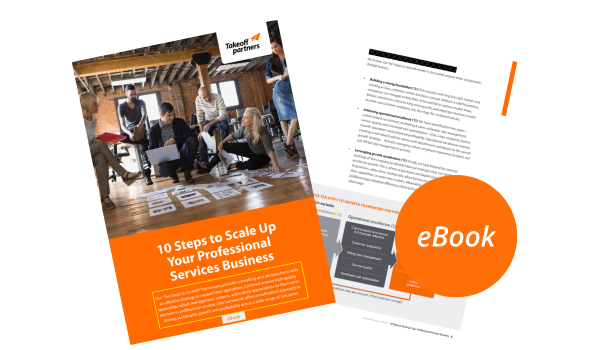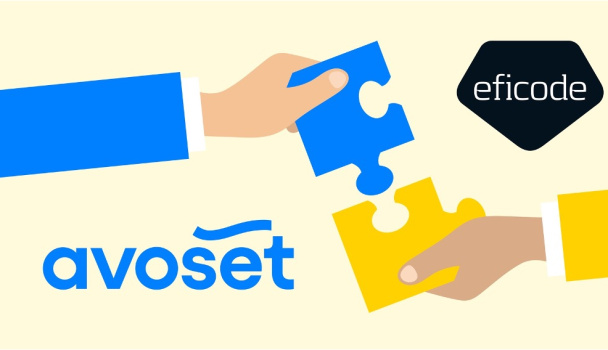How to steer a SaaS company towards scalable growth? It requires a comprehensive review of the fundamentals

Leading aSaaS business requires a broad understanding of many different and interlinked aspects of the business from management processes to product itself and from customer success and marketing to executing financial rounds successfully. Scalable growth is only possible when the fundamentals are in order—so how do you know you have everything covered? In October 2021, Markko Vaarnas from Takeoff Partners was discussing this broad topic on a webinar.
October 2021
When you have your product and you have your market fit, the next step is to achieve scalable growth. But truly scalable growth can only be achieved if the foundation is solid. There are many different aspects to consider and it’s easy for something to slip through the net.
On 12 October 2021, Takeoff Partners’ Markko Vaarnas was holding a webinar on the broad subject of how to successfully grow a B2B SaaS business. The event was hosted by SaaS Finland, which is an initiative by SoftwareE-Business Finland, an association for business leaders in the IT industry.
As one of the country’s top experts when it comes to B2B SaaS business leadership, Vaarnas often gets invited to speak about this topic and we have also compiled it into an eBook that is downloadable on our website.
Four different themes to deep dive into
Overall, there are four broad and interlinked themes that together cover everything that needs consideration when it comes to SaaS business development: leadership, product, commercial operations and financing.
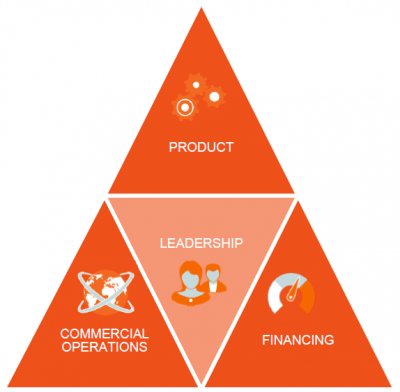
The faster a company grows, the more solid leadership it needs for the business development to keep up with the growth. Quite often, it is advisable to bring in experts either as board members or advisors to help with a certain topic of theme—partly because faster growth needs more resource also at the leadership level, but also because external advisors can offer valuable insight and an outsider’s point of view. Not everything needs to be learned the hard way; learning from someone else’s experiences can help avoid many pitfalls.
Each of these four themes comprises a range of topics. It depends on the particular company and its stage which ones are currently emphasized. In any case, it is highly recommended for any SaaS leader to periodically review them all to ensure that what is currently in place is still valid.
Here is a ‘quick and dirty’ into the four themes—a total of 21 theses that can work as the starting point for discussions.
1. LEADERSHIP
• Create a management system that fits the desired organizational culture and is internationally scalable
• Accounting reports are not enough—develop a cost center-based financial reporting model tailored specifically for data-driven SaaS leadership
• Identify and track relevant KPIs and utilize them in managing growth
• Remember to regularly revisit your business model to see if it needs further development, using tools such as the Lead Model Canvas
• Attractive organizational culture is key in attracting the best talent
• Growing the team and allocating the resources needs to be correctly timed, and this should be done based on data
• Keep developing your processes and operating models to become increasingly scalable
• Maintain Due Diligence preparedness and keep administrative matters otherwise in order as well
2. PRODUCT
• Make sure that product ownership and decision making are closely linked with customer feedback
• In product development, keep the focus on the core of the product
• Maintain long term and short term roadmaps; develop product development processes, coaching and tools
• When allocating product development resources, strike an optimal balance between the in-house team, external partners and advisors
3. COMMERCIAL OPERATIONS
• Understand customer segments and buyer personas so you can build optimal price packaging and pricing model
• Base your go-to strategy on product complexity and target segment: online vs inside vs field sales
• Explore partner sales only after you know how to sell your product yourself
• Base your marketing success on brand positioning, content plan and data-driven digital marketing
• To reduce churn and maximize sales opportunities, make sure your CMS and sales teams work in close collaboration
• Ensure that the entire organization has been incentivized to create sales and retain customers
4. FINANCING
• Maintain a financing plan consisting of customer payments, investor funding, bank loans as well as public loans and grants
• Bring in an external advisor experienced in financing to help crafting your financial plan and investor deck
• When executing a financing round, optimize your use of time based on your earlier experiences in executing financing rounds
In the near future, we will be publishing a blog post to cover each of these four themes in more depth. However, if you want to dive into the deep end, you can download our eBook which offers an even more comprehensive and detailed view on most of the above, or watch the webinar recording below:

